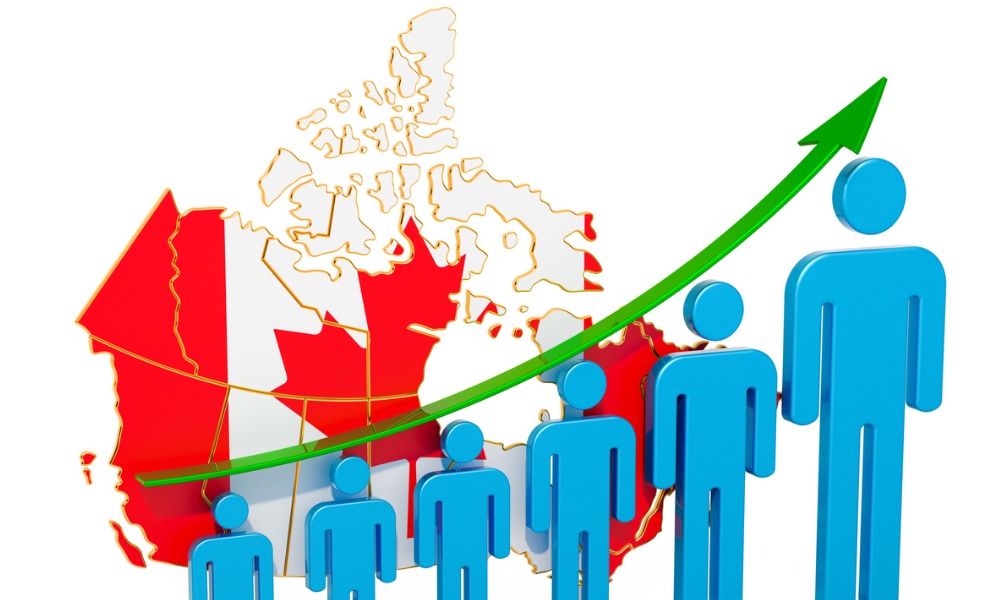Uncertainty over temporary residents in Canada challenges fiscal and monetary policies amid rapid growth

Mounting uncertainty surrounds when and how much Justin Trudeau’s government will reduce the number of temporary residents in Canada, complicating fiscal and monetary policymaking, according to BNN Bloomberg.
The Bank of Canada raised its population growth forecasts on Wednesday, indicating the government needs more time to limit non-permanent resident inflows. It now predicts the number of people over 15 in Canada will increase by 3.3 percent this year, up from about 3 percent previously.
This rapid growth, among the fastest in the world, has boosted output and likely prevented the country from entering a recession.
In its July monetary policy report, the Bank revealed that population growth will decelerate more slowly than previously expected, reaching 1.7 percent in both 2025 and 2026, more than half a percentage point higher than in its April report.
Officials attribute this to delays in policies aimed at reducing the proportion of non-permanent residents, including international students, foreign workers, and asylum-seekers, to the federal government’s 5 percent target.
Currently, this proportion stands at 6.8 percent and is expected to rise in the near term.
The timing of these reductions significantly impacts monetary policymakers, who must set interest rates without firm details on the federal government’s plans. The Bank expects to revise its forecasts as further measures are announced, with clarity on permit program changes anticipated later this year.
“We do devote quite a bit of attention in the monetary policy report to try to explain what we think will happen with population growth because that really underpins our forecast,” said Bank of Canada Governor Tiff Macklem in an interview with the Financial Post.
The Bank's latest forecast suggests that by 2027, more than 435,000 additional temporary residents will live in Canada compared to 2023.
This is a significant upward revision from three months ago when the Bank predicted a decline of 413,000, marking an increase of nearly 850,000 people, roughly the population of Quebec City’s metropolitan area.
If the government achieves its goal, it would immediately exert downward pressure on real gross domestic product (GDP) growth and price pressures, according to Randall Bartlett, senior director of Canadian economics at Desjardins.
This would also impact nominal GDP, the broadest measure of the tax base. “The resulting lower revenues should lead to larger deficits and higher debt,” Bartlett said in a report on Thursday.
He added that the federal debt-to-GDP ratio could end the next five years higher than in Finance Minister Chrystia Freeland’s downside scenario in her 2024 budget.
This situation also threatens Freeland’s commitment to fiscal guardrails, including maintaining the budgetary deficit around $40bn before reducing the shortfall to about 1 percent of the country’s economy in 2026.
“Add to this additional spending not included in Budget 2024, such as the greater expenditures on defence announced recently, and the federal government’s fiscal anchors are very much at risk,” Bartlett said.



